Some years ago, a debate about the existence of poverty “traps” appeared to settle around the following tentative conclusion: poverty traps are rare and largely limited to remote or otherwise disadvantaged areas. The graph below takes the poorest 25 countries in 1960, and compares their per capita income in 1960 with that in 2016 (in constant dollars). The countries below the line are poorer, in real terms, today than they were 50 years ago.
Among these nations, no country has become more impoverished, relative to its position in the 1960s, than Somalia. Following the collapse of Siad Barre’s government in 1991, a long civil war devastated the economy, infrastructure, and public institutions and created a huge loss of human capital. This impact has been aggravated by climate shocks affecting agriculture and livestock which, together, account for the largest share of GDP.
After two decades of conflict, state collapse, warlordism, and weak transitional governments, the Federal Government of Somalia was established in 2012, with a “road map” towards stabilization, recovery, and reconstruction. This would suggest that Somalia, with incremental increases in savings and investment, could achieve high rates of growth quickly.
Thus far, however, the reality has proven quite different. From an annual growth rate between 5 percent and 7 percent in 2015-16, Somalia’s growth rate has now slowed to less than 3 percent. Consider Somalia’s perfect storm of vulnerabilities:
- The poverty rate (percent of the population below $1.90/day, 2011 PPP), based on one of the few high-frequency surveys undertaken in the country, is estimated at 69 percent, the sixth-highest in the world. Among internally displaced Somalis the poverty rate is 74 percent.
- In the UNDP’s multidimensional poverty index score of “intensity of deprivation,” Somalia ranks last.
- One of the most drought-vulnerable countries in the world, Somalia went through a punishing drought between 2015 and 2017 leaving over 20 percent of the population “food insecure”; this year, drought has returned to Somalia.
- Somalia has been in arrears to the IMF for over three decades—the second-longest period of protracted arrears (after Sudan) in IMF history—rendering it ineligible to receive financial assistance from the IMF or the World Bank Group.
- According to the Center for Systemic Peace’s “Major Episodes of Political Violence” data, Somalia (along with Afghanistan) has seen the greatest intensity of prolonged civil war since 1980.
- According to event data from the Armed Conflict Location & Event Data Project, Somalia has since 1997 experienced the most incidents of armed organized violence against civilians in the world.
- According to data from the International Maritime Organization, between 2005 and 2015, over one-third of all worldwide maritime pirate attacks involved Somali pirates.
Somalia has become Africa’s most violent state. Since 2006, Al-Shabaab has capitalized on the weakness of Somalia’s central government to seize large swaths of territory. However, this violence has many participants. In 2016 alone, 150 unique armed groups were active in Somalia, almost three times as many as were active in 2010. The majority of this increase is due to the proliferation of so-called “clan” militias.
Moreover, conflict in Somalia threatens to spill over into Kenya, where some 2.4 million Somalis live. By 2011, al-Shabaab controlled sections of Mogadishu and the port of Kismayo. As part of the African Union Mission in Somalia (AMISOM), Kenyan troops entered Mogadishu and successfully pushed the militants out of the city. In response, al-Shabaab has committed more than 150 attacks in Kenya including a January 2016 attack on a Kenyan army camp in El Adde killing 200 soldiers, an April 2015 attack on a Kenyan college campus that killed 148 people, and a September 2013 attack on a shopping mall in Nairobi that killed 67.
The unemployed youth population (about 67 percent) is a significant contributor to state fragility. In addition to irregular migration patterns, unemployed youth are also prime targets for extremist recruitment.
In their latest National Development Plan, Somali authorities are focusing on political stabilization, rebuilding state institutions, improving economic resilience, and reducing poverty. At present, Somalia’s diaspora is estimated to remit nearly twice the level of official development assistance and five times the level of humanitarian aid annually. Remittances account for about one-third of GDP, roughly equivalent to government revenues, and help to support livelihoods for an estimated 40 percent of the population. Remittances also help finance Somalia’s large trade deficit, paying for a sizeable portion of imports.
It is not nearly enough. A recent assessment of the resource requirements for the basic services that countries need to reach the Sustainable Development Goals concludes that the minimum amount of targeted resources is around $270 to $350 per capita for low-income countries. Were Somalia’s entire government budget (including grants), along with remittances, be used to finance these services, the total would amount to $50 per person. With debt at about $4.7 billion (100% of GDP, of which 96 percent is in arrears), Somalia will require dramatic levels of support from the international community to fund these critical humanitarian and development needs.
It is hard to speak of priorities when the total available resources are so small. Still, some recent developments are cause for optimism. As part of a small team, I recently visited Mogadishu to learn more about efforts to scale-up access to finance for small-scale entrepreneurs. Our discussions with the Finance Ministry, Central Bank, as well as representatives of several donors and NGOs support this optimism. In particular, there is renewed enthusiasm about the prospect of wealthier, overseas Somalis returning home to invest and rebuild.
In our work, we also see obstacles that Somali authorities cannot overcome on their own, the biggest one being Somalia’s national debt. Following the recent Article IV consultation, the IMF has welcomed Somalis’ intention to begin making payments on arrears starting in 2020 (although these will be, by necessity, quite small). That track record can pave the way toward eventual debt relief under the Highly Indebted Poor Countries (HIPC) Initiative.
In addition, for the first time in decades, the new administration has been able to pay government salaries in full. Meanwhile, government revenues have doubled and bank deposits have more than doubled since 2014, facilitating a greater amount of loans and investments than at any time over the previous two decades—although Somalia remains one of the most under-banked nations in the world.
There have also been several encouraging signs of stronger political will to implement reforms that: (1) boost domestic resource mobilization; (2) use increased (domestic and external) resource flows judiciously, rather than simply turn the public sector into an employer of last resort—a condition affecting several other countries in the region; and (3) address high, persistent unemployment through targeted investments in infrastructure, environment, fisheries, and finance, while attracting foreign investment and private flows from Somalia’s global diaspora.
The Brookings Institution is committed to quality, independence, and impact.
We are supported by a diverse array of funders. In line with our values and policies, each Brookings publication represents the sole views of its author(s).


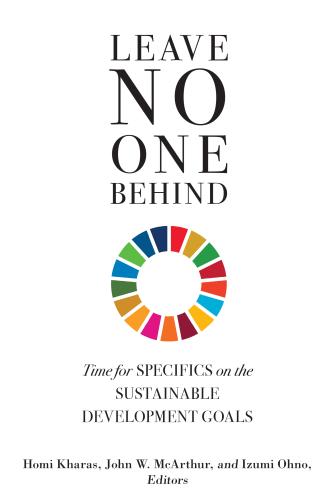
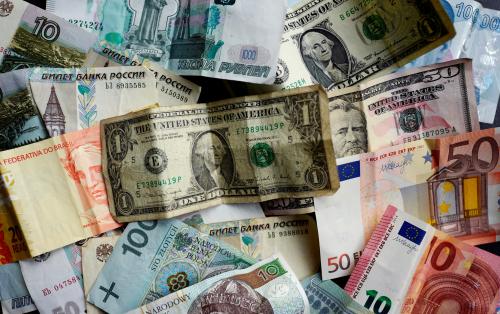
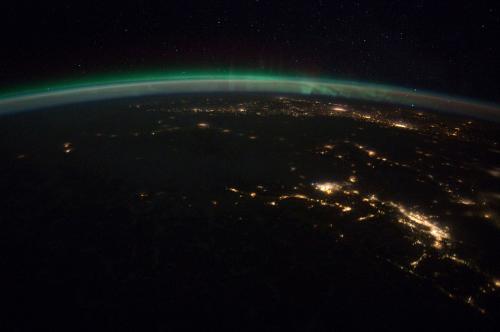
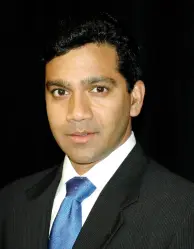


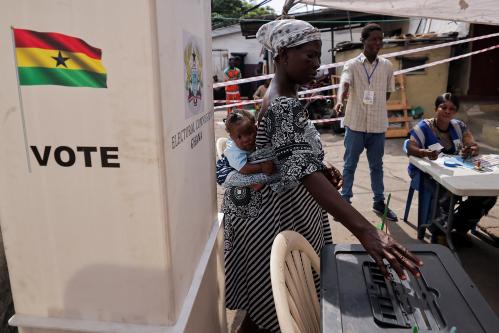
Commentary
Somalia’s path to stability
October 2, 2019